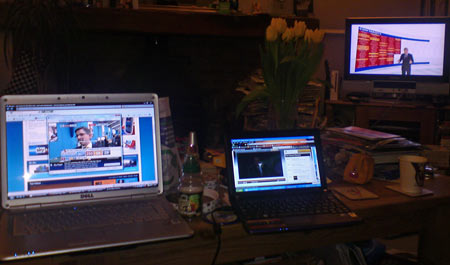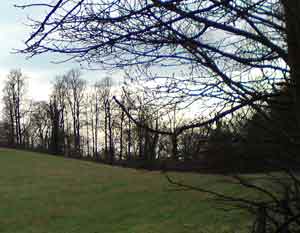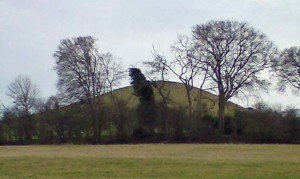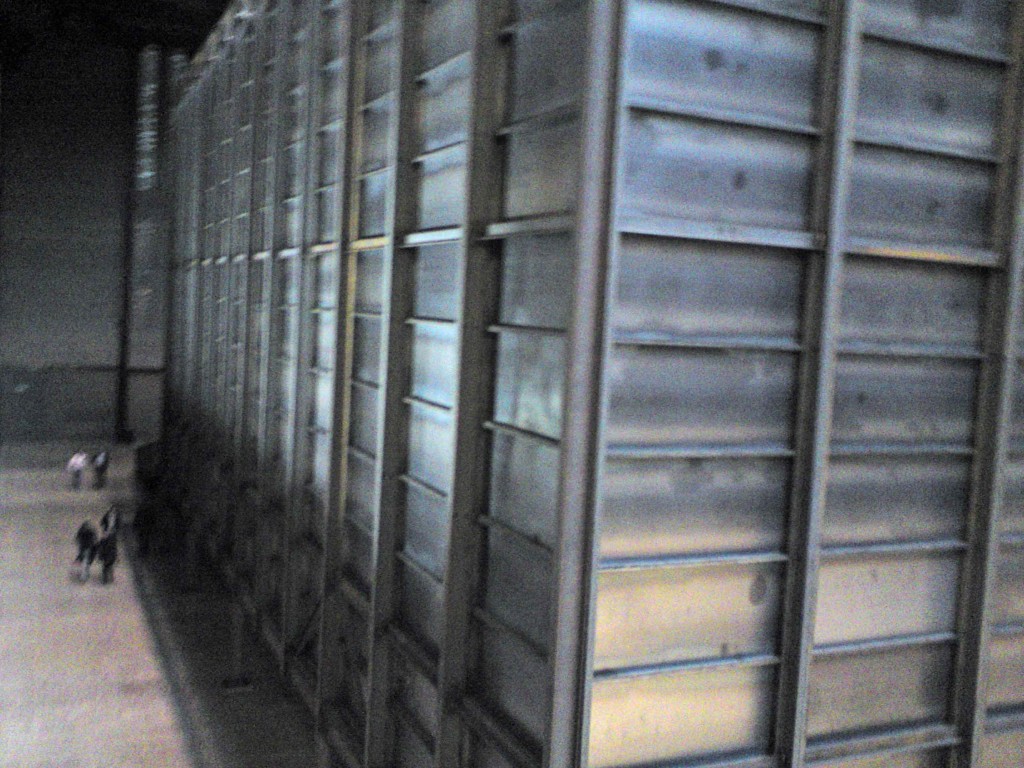Yesterday London 2012 introduced its two mascots, partly created by Michael Morpugo, who are called Wenlock and Mandeville. They look like metallic teletubbies.
Given that our City University group is based right in the centre of London, it’s quite interesting that not too many of us have set our novels in the city — it’s only the main setting for three people, if I remember rightly. There are two more of us who will use London as a partial setting, including me. Of those five, two people are setting their novels fifteen or twenty years in the past. Only three of us are writing about relatively contemporary London. This may be quite relevant as we look ahead a couple of years as the Olympics are going to make this country, and London in particular, a real focus of attention throughout the world. This has its good and bad aspects but there could be a big cultural knock-on effect as we’re already starting to see to a lesser extent with South Africa and the World Cup.
I’ve already written a passing reference in The Angel to the 2012 Olympic logo but I’m again quite intrigued by the serendipitous names that these mascots have been given in the context of my novel. Wenlock is apparently based on the Shropshire town of Much Wenlock. However, it’s also the name of a spit-and-sawdust real ale pub on the fringes of Hoxton and Islington that I’ve used as a setting — the Wenlock Arms. It’s the pub where Kim works — and I’ve just written a scene where she and James turn up there. I’ve slightly changed the pub name in the novel.
And Mandeville? It’s derived from the village of Stoke Mandeville, just up the road from me, which gives its name to Stoke Mandeville Hospital (strictly speaking that’s in Aylesbury) which was made famous for its spinal injuries by Jimmy Saville in the 70s. It’s apparently the biggest hospital site in Europe, although the Medizinischen Hochschule Hannover which is opposite the offices I frequently visited seems pretty huge to me (Kim was born there!). However, Stoke Mandeville is no doubt the only hospital that has a huge sports stadium. This is used for paralympic events — it was where they started — and has to be seen to be believed. It’s bigger than many football league grounds. I had a wander round the hospital buildings a couple of months ago when I had to find my way from A&E to the pharmacy, which are at opposite ends.
Stoke Mandeville is also the nearest hospital to where The Angel pub is set so I’m sure that one or two of the characters will find reason to end up there — I’ve already got a good plot opportunity for poor old Kim to be taken there.




